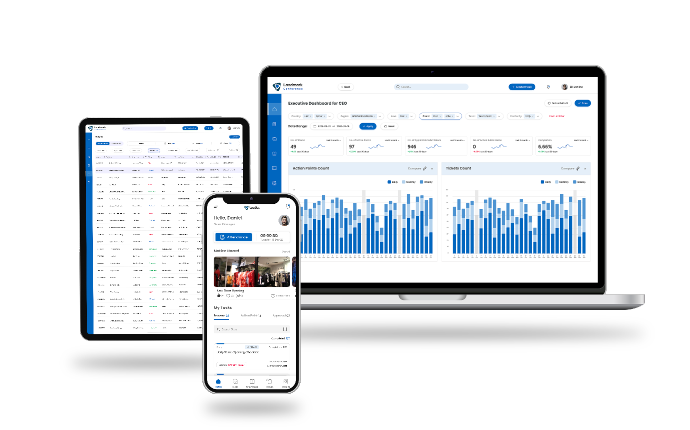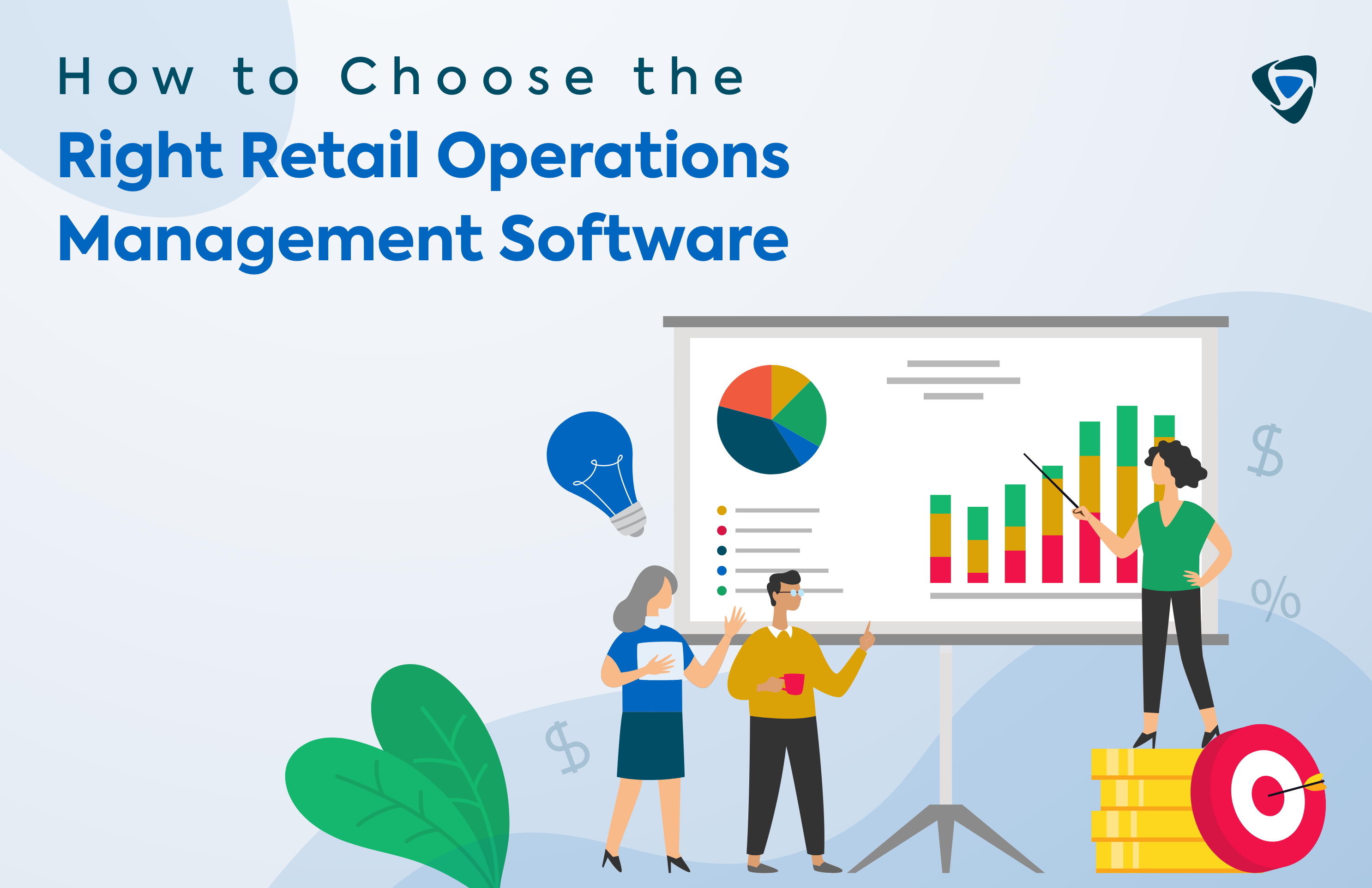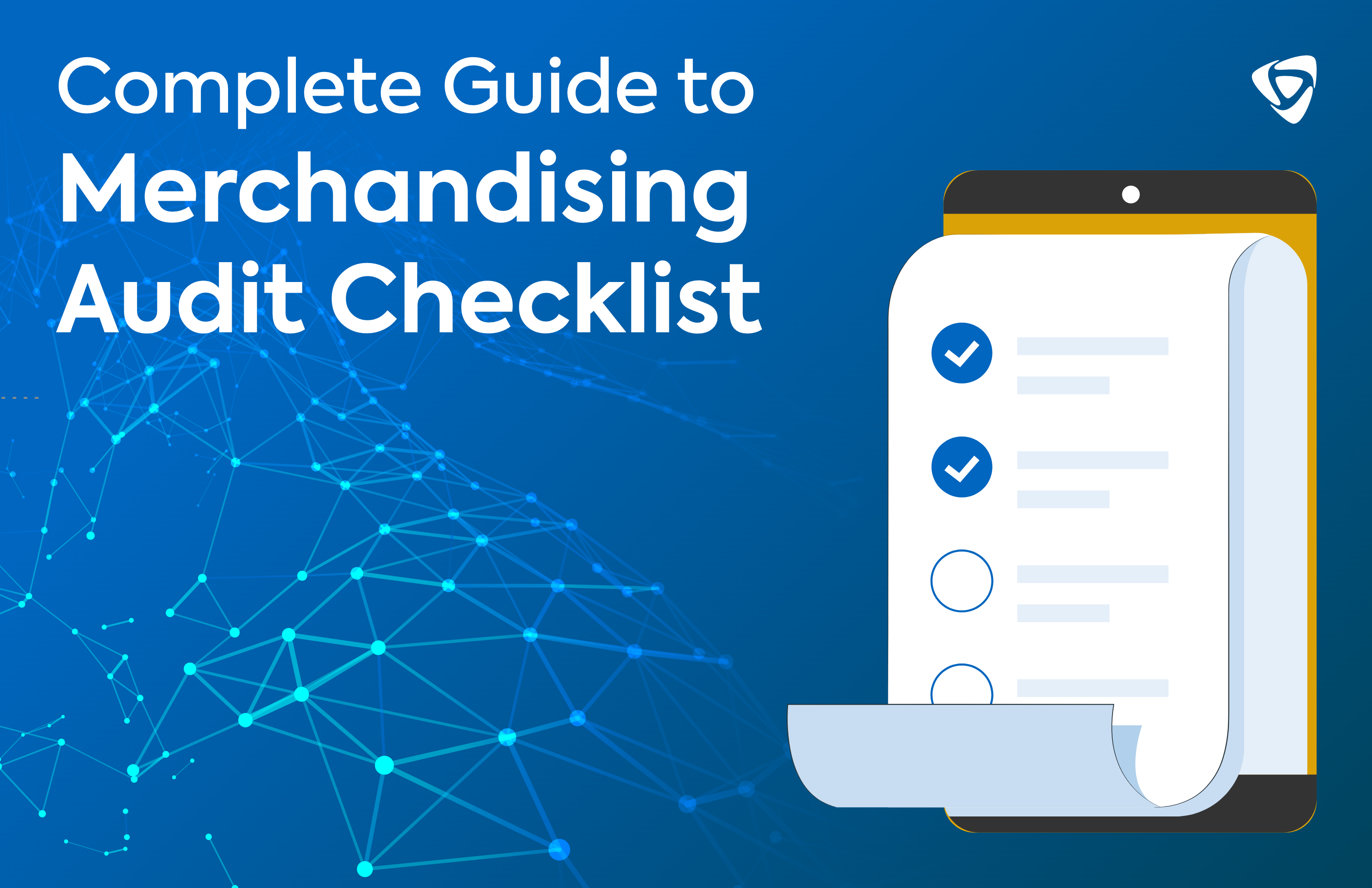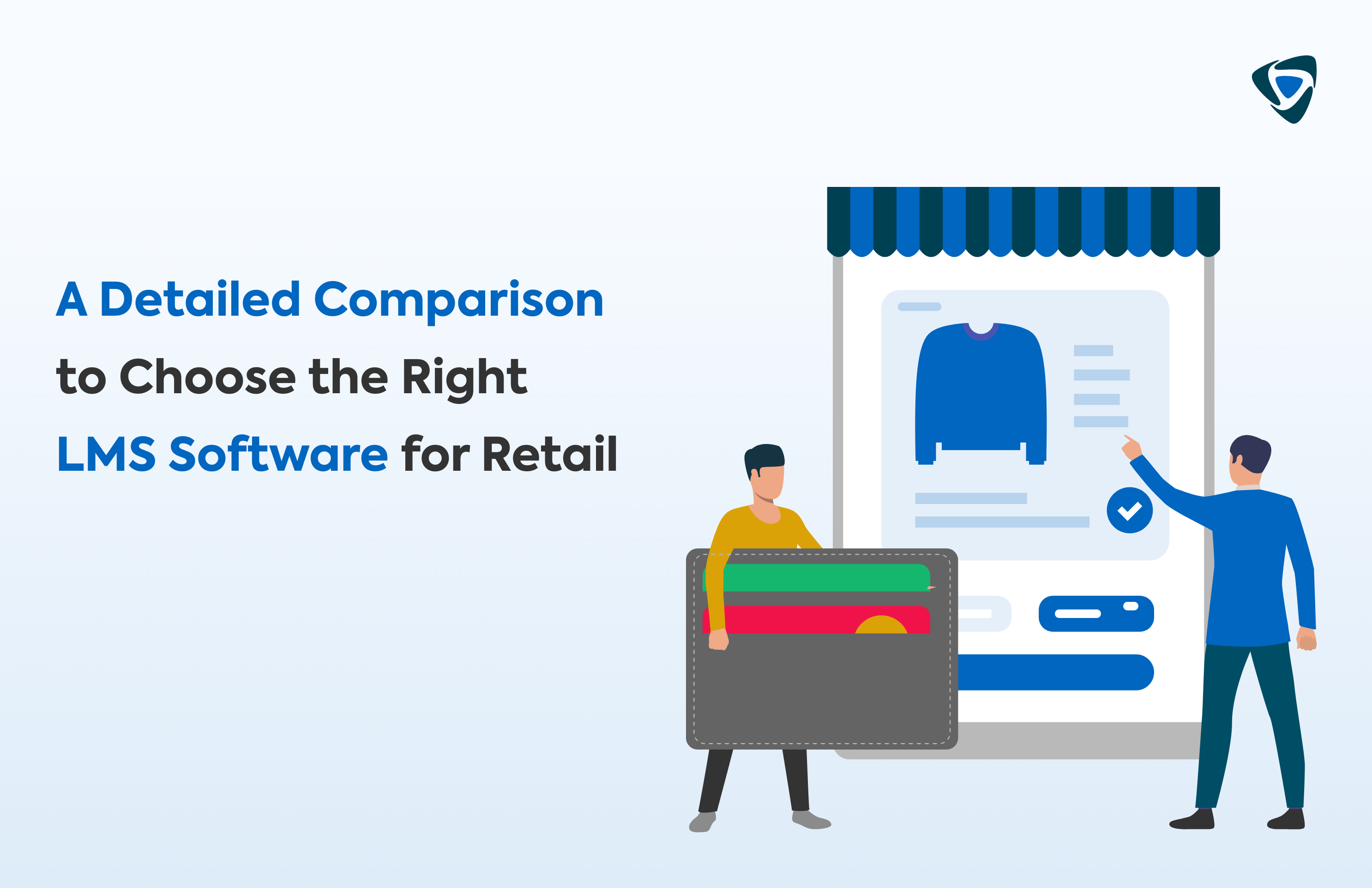Guide
Zenput Alternatives: A Detailed Comparison with Features and Pricing
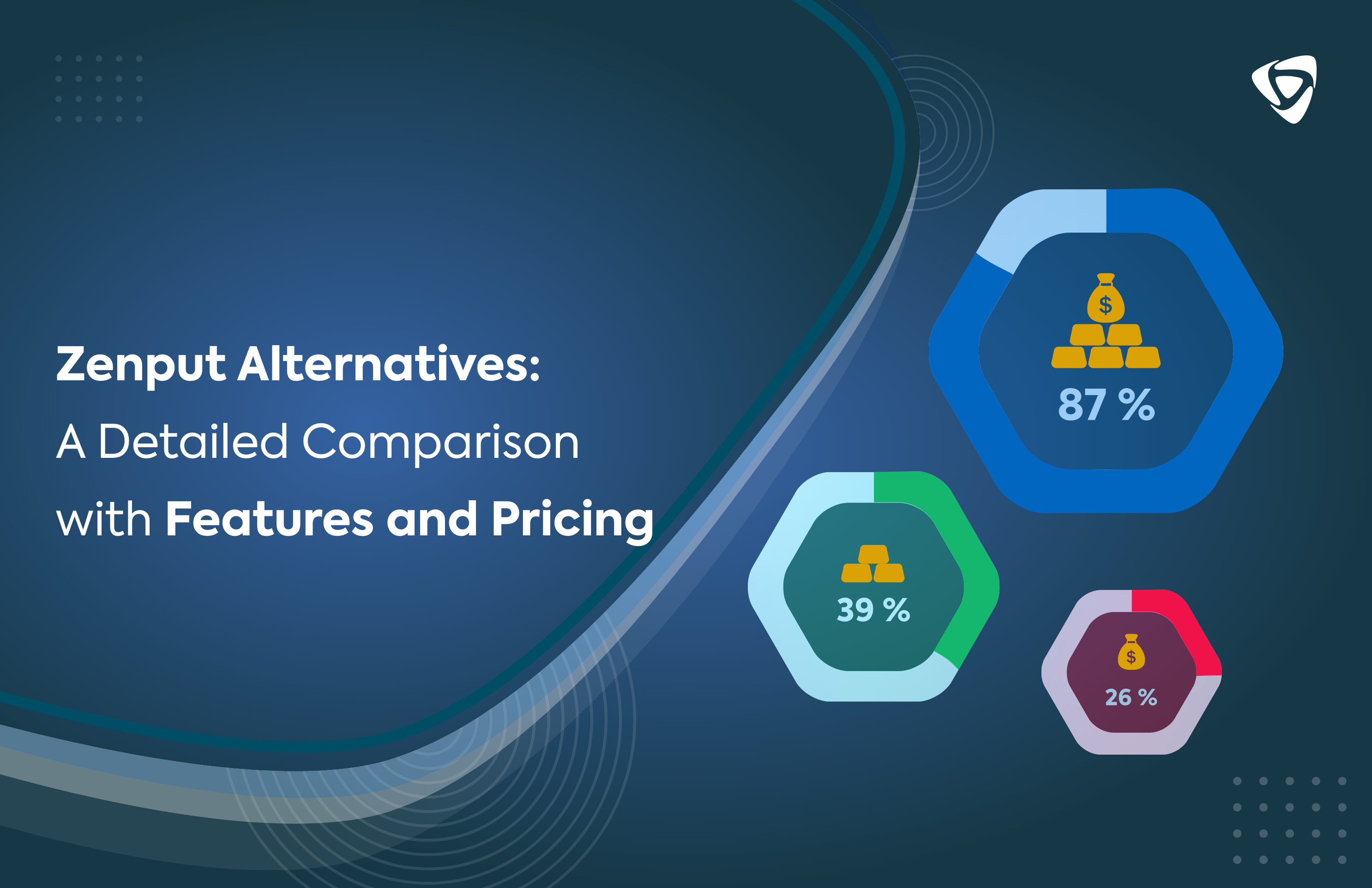
Zenput has established itself as a preeminent operations execution platform utilized by businesses in the healthcare, retail, and hospitality sectors, among others, to monitor task completion and standardize processes. Zenput provides an intuitive solution for guaranteeing consistent adherence to brand standards, including action plans linked to protocols, customizable checklists, and comprehensive reporting.
However, as enterprises expand or develop more intricate requirements, alternative solutions to Zenput might suit their financial constraints, particular applications, or intended capabilities better. This blog will offer an in-depth analysis of Zenput compared to its leading competitors to assist businesses in evaluating alternatives for optimizing field workforce administration.
Understanding Zenput’s Core Features
Multi-unit operating companies from a variety of industries utilize Zenput to roll out and enforce compliance against operating procedures, food safety protocols, and other initiatives. Let’s understand the core features of Zeput that make it a preferred option worldwide.
-
Task Management
Zenput allows businesses to create customizable checklists and action plans that standardize processes across locations. Tasks can be assigned to specific users via the mobile app, and workflows can be configured to set logical sequences for task completion. Zenput provides oversight into assigned responsibilities so managers can ensure work is being completed properly. The platform tracks task-level analytics to identify opportunities for improving operations.
-
Compliance Tracking
Zenput enables tracking of compliance and audits by location. Businesses can set scheduling and attach photos or documents as proof of compliance. Zenput helps ensure brand standards, policies, and procedures are being followed consistently through automated monitoring. Issues can be flagged immediately to reduce risks and liabilities.
-
Reporting and Analytics
Robust reporting and analytics are key advantages of the Zenput platform. Managers can review real-time metrics on task completion rates, user performance, issue response times, and more. Data can be analyzed granularly across locations, departments, users, and tasks. Custom reports help businesses identify successes, pain points, and areas for improvement. Trend analysis over time provides actionable insights.
-
Streamlining Operations
Zenput streamlines operations execution by centralizing task management and standardizing processes across all locations in one platform. Store managers and field teams can efficiently complete assignments and workflows through the mobile app. It enables smooth operations even with dispersed teams.
-
Ensuring Compliance
Zenput helps ensure compliance by allowing businesses to track real-time policy and procedure adherence across all locations. Automated compliance monitoring surfaces any issues immediately so they can be addressed. It results in consistent execution of brand standards.
-
Improving Efficiency
With real-time analytics and reporting, Zenput gives businesses visibility into operational metrics. It allows them to identify inefficiencies and make data-driven improvements. Proactive insights enable managers to optimize operations execution.
Zenput offers a complete solution covering the four major aspects of handling operations: inventory management, operation execution, labor and scheduling, and learning and development. Zeput is a preferred platform, but there are challenges associated with it, like users cannot add categories to sort forms, limited functionalities related to task management, and others.
There are many viable alternatives available to Zenput, but the question arises: how do you find an operation execution better than Zenput?
Criteria for Choosing an Operations Execution Platform
Different factors need to be considered while choosing an operation execution platform. Let’s consider all the factors that are essential to make the right choice.
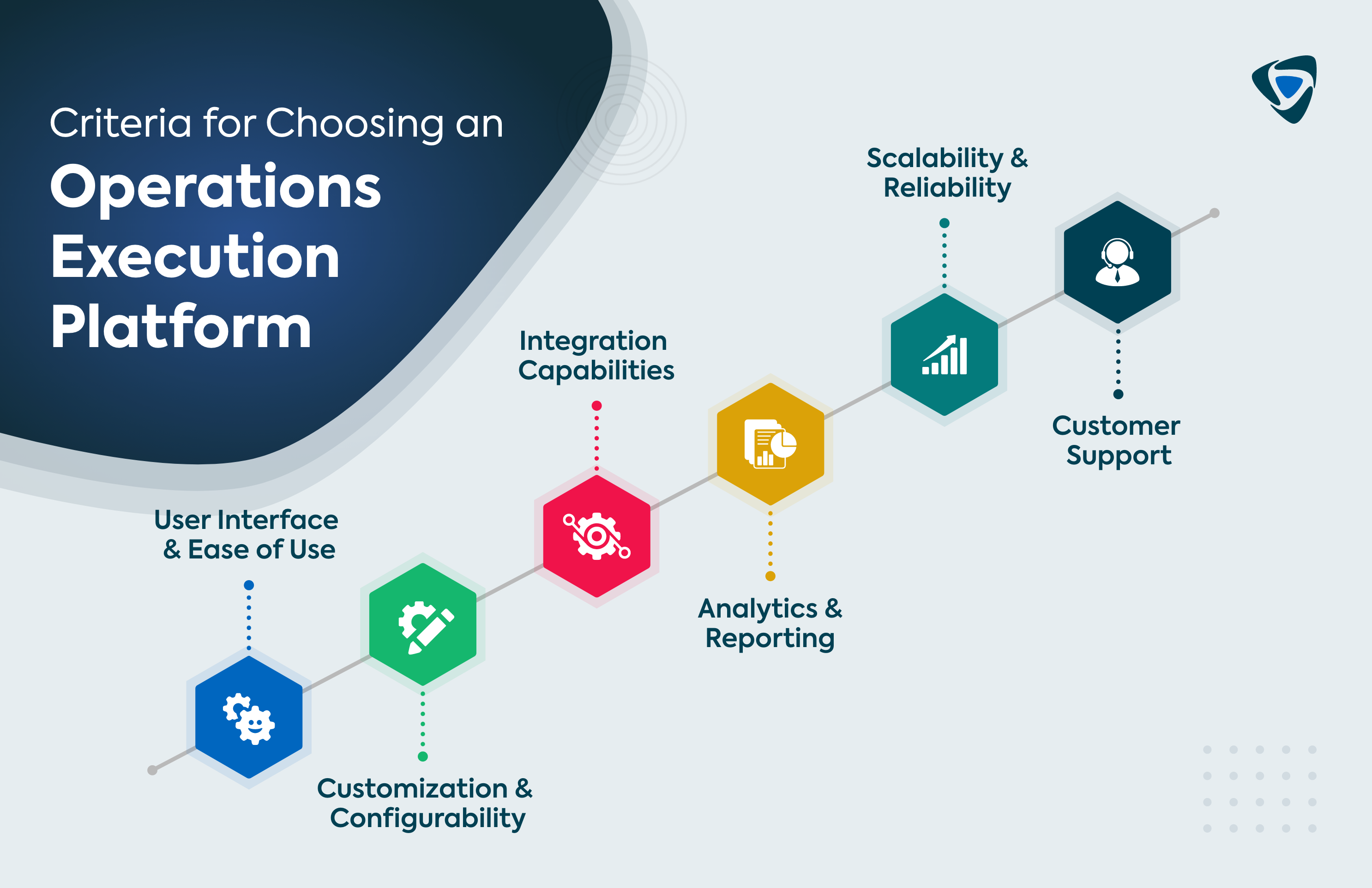
-
User Interface and Ease of Use
An exceptionally intuitive user interface with seamless navigation and extensive flexibility is a key prerequisite for driving user adoption. Carefully evaluate potential platforms based on their ability to provide role-based views, mobile-responsive design, and configurable UI options to meet each user’s needs.
The system should empower users at all levels to independently complete tasks without requiring extensive training. Also, assess the quality of onboarding resources and support documentation to complement the UI experience.
-
Customization and Configurability
Look for operations platforms that allow deep customization of fields, variables, workflows, templates, and location-level hierarchies to align with unique business needs. The ideal system will be highly configurable to support company-specific use cases across all locations, with the ability to define tailored checklists, compliance tasks, approval chains, and procedures location-by-location. Robust configuration capabilities are also essential to scale the solution as operational needs evolve and become more complex over time.
-
Integration Capabilities
Shortlisted platforms should seamlessly integrate existing technology stacks and ERPs through modern APIs and purpose-built connectors to enable data sharing between systems. It helps avoid the need for manual duplication of inputs across multiple applications. Assess the availability of integrations with supplemental systems like payroll, communications, document management, and other operational tools as required for end-to-end workflow support.
-
Analytics and Reporting
Solutions with extremely robust analytics and customizable reporting are crucial to unlocking full value from operational data to drive decision-making. Prioritize platforms that allow flexible drill-down filtering and data segmentation, easy dashboard creation, exportable report templates, and extensive control over displayed metrics. The platform should serve as the centralized source of truth for key operational insights and statistics.
-
Scalability and Reliability
Carefully assess each platform’s ability to increase capacity to accommodate current and multi-year location counts, transaction volumes, and data loads without performance deterioration. Check that uptime and reliability records satisfy company expectations. As operations increase significantly, the system should remain stable and fast.
-
Customer Support
The availability of implementation guidelines, training programs, community forums, and documentation libraries affects customer support accessibility and response. Support plan levels should match short-term and long-term company needs to enable quick troubleshooting and problem resolution.
When weighing these criteria, consider industry-specific requirements and projected growth trajectory. Defining clear priorities and conducting diligent platform evaluations will enable selecting the optimal solution to drive operations excellence.
Finding the right solution and platform may take time if you are on your quest to find a platform aligned with your business objectives. Nonetheless, we’ll make your work easier as we’ll discuss some top and better alternatives than Zenput.
Top Alternatives to Zenput
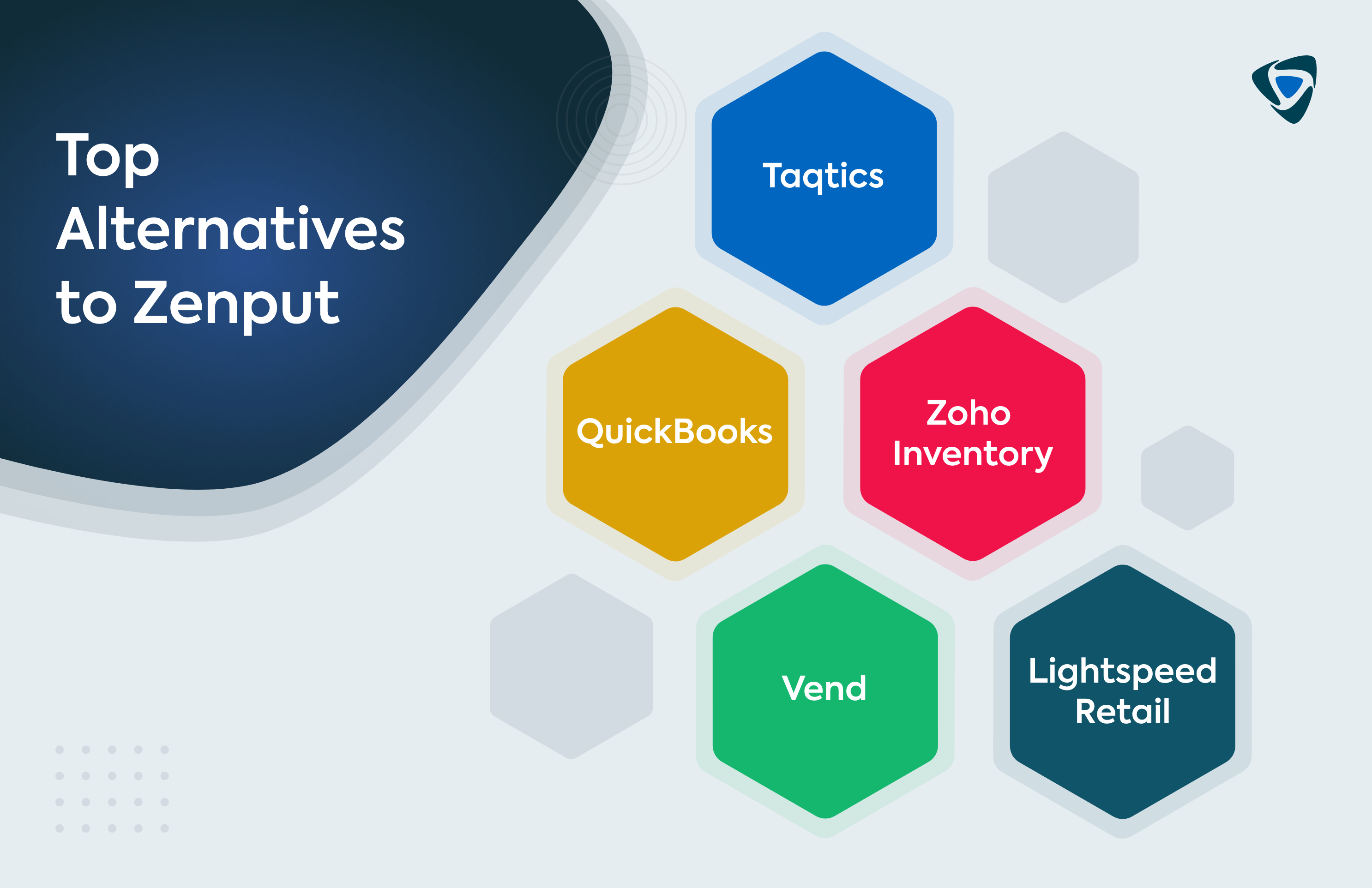
Taqtics
Taqtics is a retail and restaurant operations management platform focused on optimizing processes and enabling consistent customer experiences across locations.
Key Features:
- Custom checklists and workflows
- Task management with accountability tracking
- Automated compliance monitoring
- Inventory management
- Analytics and Reporting
Pricing: Request quotation to know the prices.
Pros:
- Specialized in retail and hospitality
- User-friendly mobile interface
- Automates repetitive tasks
Cons:
- The steep learning curve for initial setup
QuickBooks
QuickBooks Point-of-Sale (POS) unifies accounting, inventory, and sales monitoring on one platform. Businesses can manage their entire business operations seamlessly with QuickBooks POS, and it can be deployed on-premise and cloud.
Key Features:
- Integration with QuickBooks
- Inventory management
- Customer database and loyalty programs
- Employee time tracking
- Reporting and analytics
Pricing:
- Basic: $1,200/year
- Pro: $1,700/year
Pros:
- Established brand with strong account support
- Seamless QuickBooks integration
- Robust inventory tracking
Cons:
- Primarily designed for single-store retailers
- Additional fees for some features
- Less flexibility in custom fields
Zoho Inventory
Small and mid-sized enterprises may monitor orders and manage multi-warehouse inventory using Zoho Inventory.
Key Features:
- Multi-channel order management
- Inventory tracking across warehouses
- Purchase order financing
- Barcode scanning with mobile app
- Reporting and analytics
Pricing:
Standard: $29/month
Professional: $79/month
Pros:
- Affordable pricing tiers
- Integration with other Zoho business apps
- Omnichannel sales
Cons:
- Steep learning curve
- Limitations in higher tier customization
- Less specialized retail features
Vend
Vend provides cloud-based POS, inventory management, customer loyalty tools, and reporting. It is now a part of Lightspeed, but it has transformed into a one-stop eCommerce platform, offering robust tools to improve efficiency, increase visibility, and grow revenue.
Key Features:
- Touch screen POS system
- Inventory tracking
- Customer profiles and gift cards
- Employee permissions and payroll
- Reporting and analytics
Pricing:
Lite: $65/month
Pro: $130/month
Pros:
- User-friendly interface
- Robust eCommerce integration
- Flexible role-based permissions
Cons:
- Limited customization capabilities
- The steep learning curve for setup
- Add-on fees for some features
Lightspeed Retail
LightSpeed, a cloud-based retail and restaurant POS system, manages inventory. It offers a personalized and intuitive platform that offers detailed insights and supports 24×7 customer support to resolve queries.
Key Features:
- Omnichannel sales management
- Inventory tracking and cost optimization
- Customer database and loyalty programs
- Granular analytics and reporting
- Integrated ecommerce platform
Pricing:
Starter: $119/month
Standard: $169/month
Advanced: $249/month
Pros:
- A unified platform with many integrations
- Built-in ecommerce capabilities
- Strong analytics and reporting
Cons:
- Complex setup and training
- Only iOS app, no Android
- Expensive premium plans
How to Choose the Right Operation Execution Platform?
Let’s understand in brief how one can choose the right operation execution platform.
-
Define Your Requirements
Start by outlining your key requirements and pain points. Consider factors like business size, industry, use cases, budget, and scalability needs.
-
Request Demos and Free Trials
Shortlist 2-3 vendors that appear to match requirements. Reach out to schedule demos and free trials. Free trials let you test platforms hands-on before committing.
-
Compare Pricing and Support
Review and compare pricing tiers based on your location count, user needs, and transaction volumes. Look for resources like live chat, knowledge bases, email ticketing, and phone access.
-
Evaluate Integrations and Customization
Assess how easily platforms integrate with existing tech stacks via APIs and pre-built connectors. Test if you can customize workflows, fields, rules, and reporting to support your requirements without coding.
-
Read User Reviews
Compare genuine user experiences with systems’ strengths and downsides on trustworthy review sites. Usability, acceptance, support, and which firms value it most should be monitored.
Your business’s objectives, budget, and pain areas determine the best platform. You may discover a better platform than Zenput if you explore and locate one that suits your budget, meets your company goals, and evolves with you.
Wrapping up,
Zenput is powerful, while Taqtics, QuickBooks POS, Zoho Inventory, Vend, and Lightspeed provide comparable capabilities but different strengths. All solutions enhance operations, but comprehensive assessments assure a personalized fit. Compare task management, compliance, reporting, mobility, integrations, price levels, and usability.
Use free trials to test daily usefulness before choosing. Companies may choose an operations platform to simplify processes, give real-time visibility, and provide data-driven insights to optimize company performance after careful use case and user experience research.
 Schedule A Demo
Schedule A Demo 


